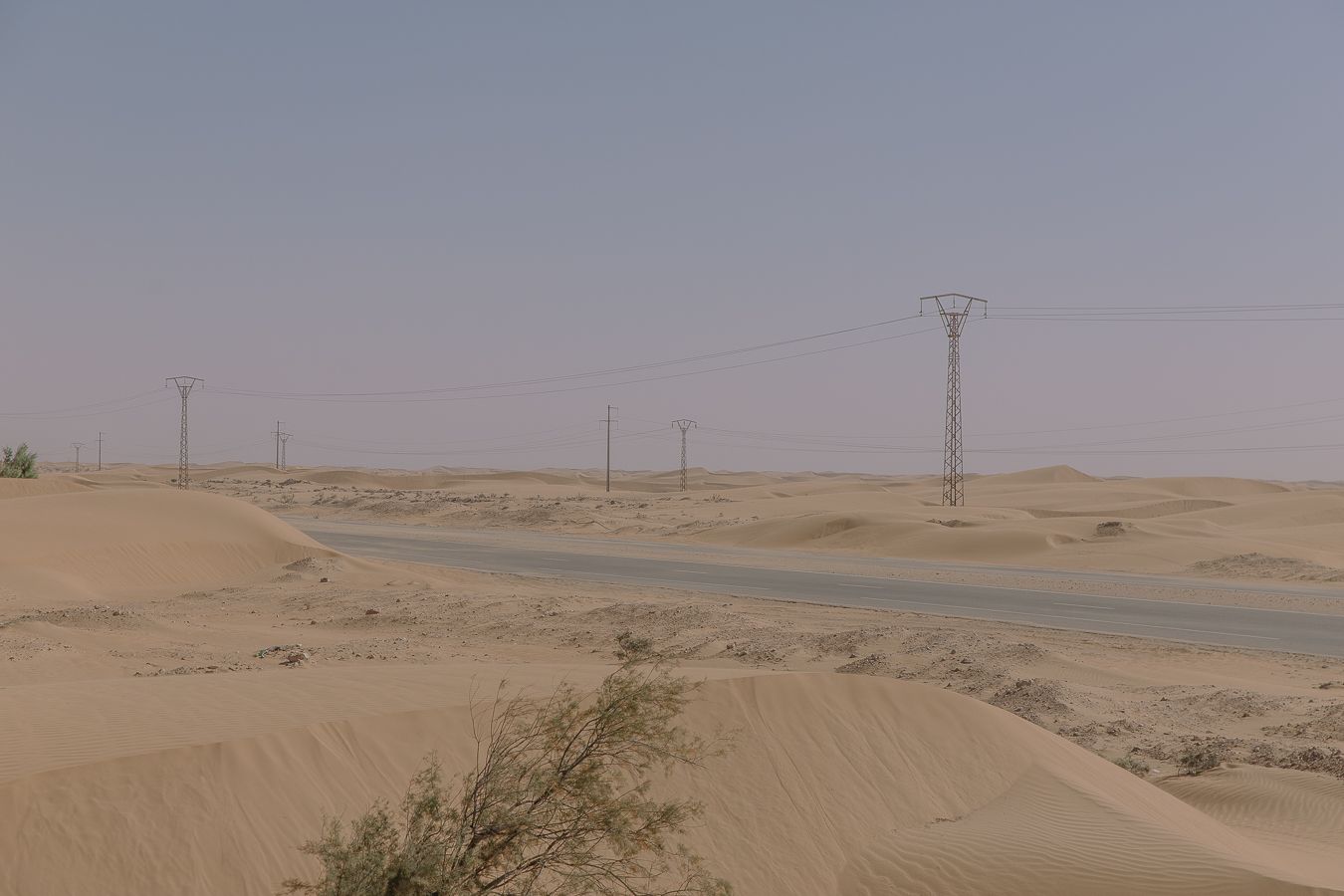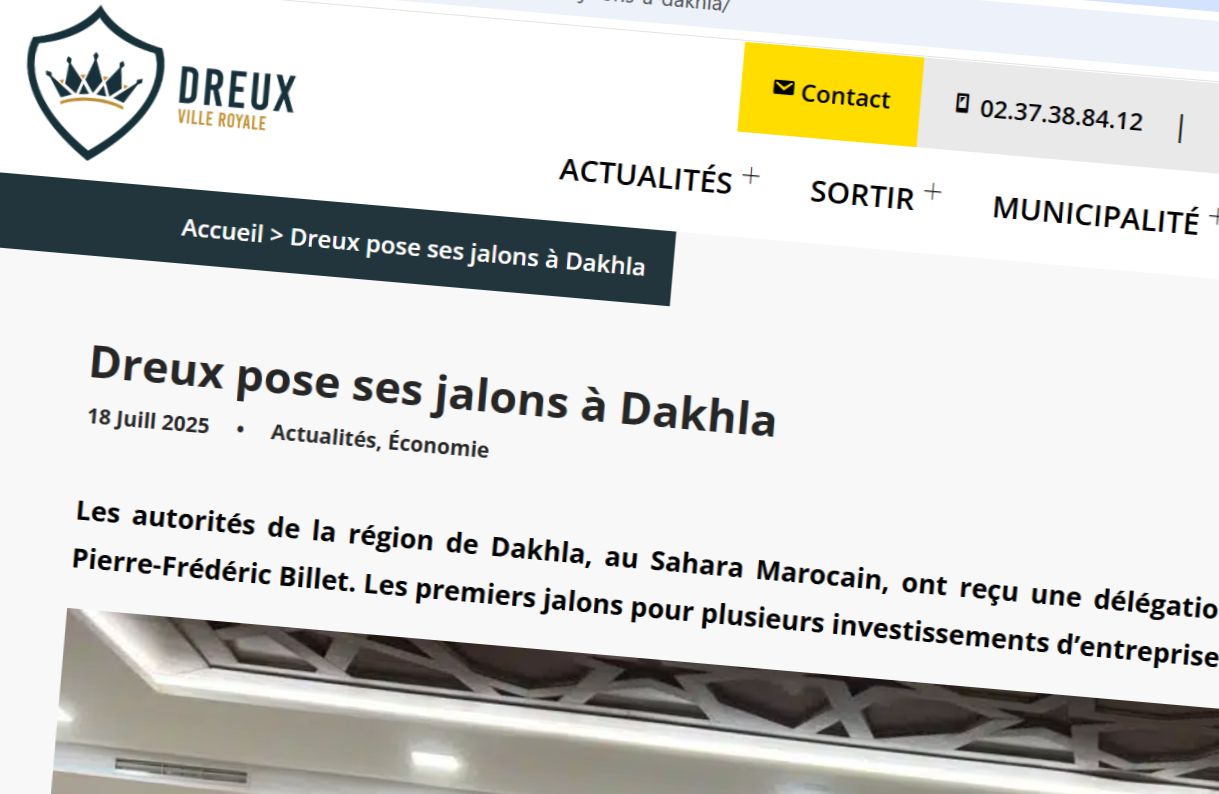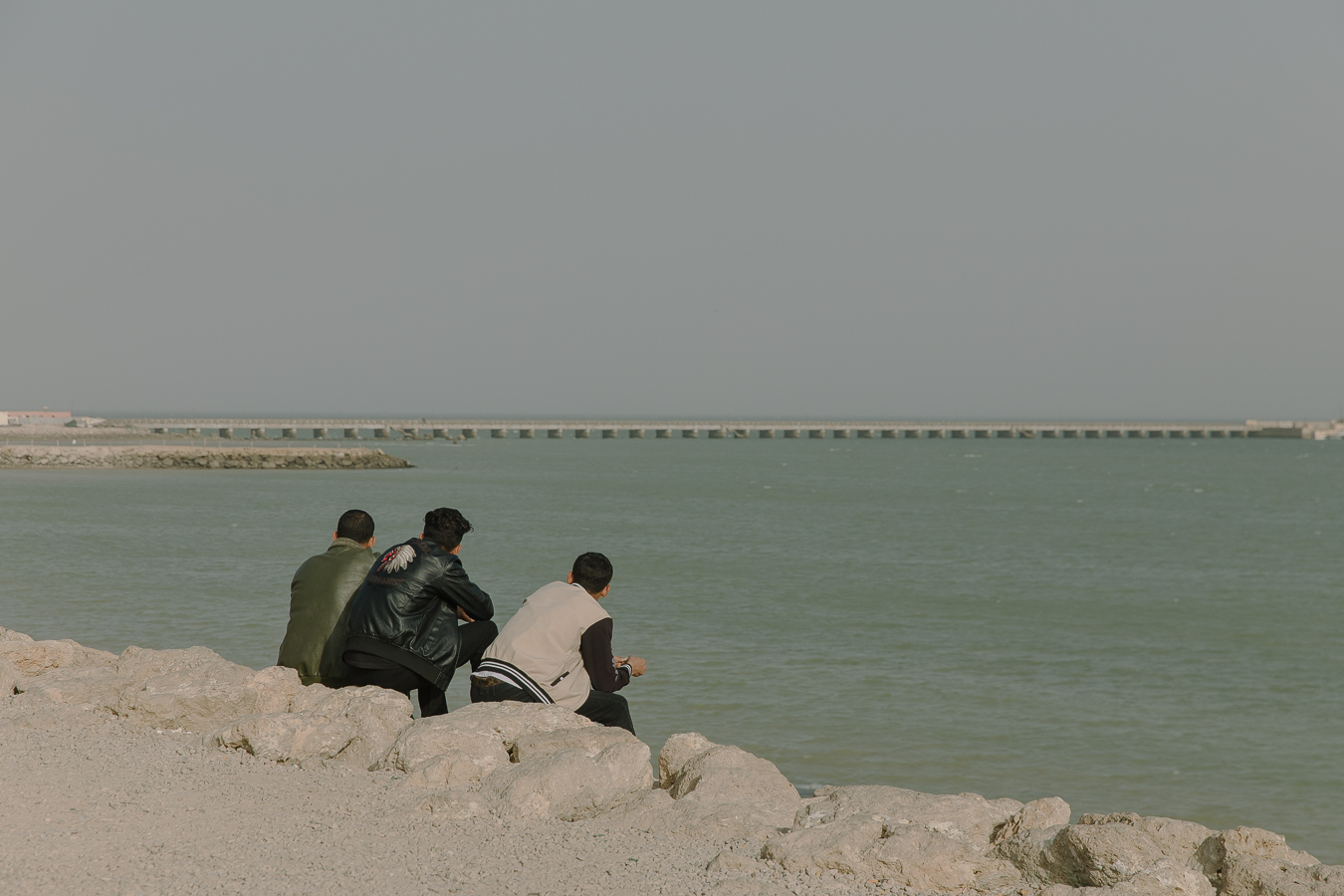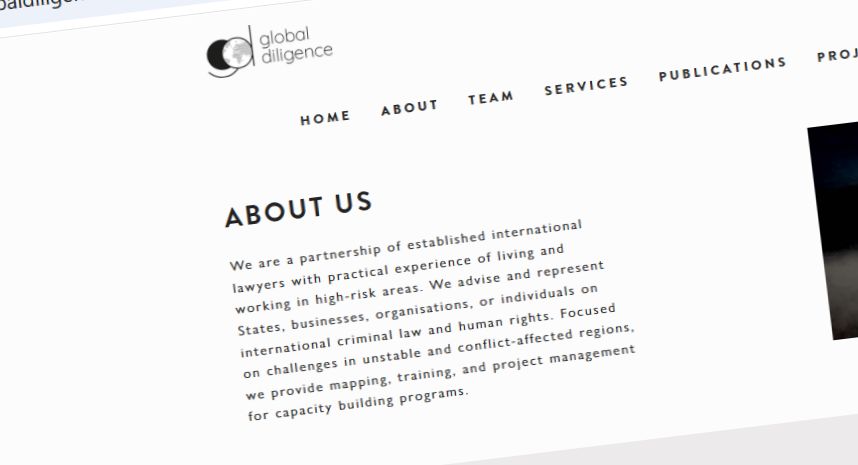
A study shows that Morocco's greatest potential for green hydrogen lies in the territory it holds under military occupation.
Photo: “Allah, the Country, the King”. Moroccan propaganda on a cliff near Dakhla, occupied Western Sahara. By @ElliLorz.
A team of Moroccan scientists last month published a study in the International Journal of Hydrogen Energy showing that “combining photovoltaic panels and wind turbines helps produce low-cost hydrogen in Morocco, especially in Dakhla”. Dakhla is however a town located mid-coast in the part of Western Sahara that Morocco has held under a brutal and military occupation since 1975.
While the kingdom has started to PR its green hydrogen potential, there have still been relatively few studies that have assessed that potential in terms of production cost. Water scarcity is a major issue for Morocco, and experts often cite the cost of desalination as a hampering factor for green hydrogen production. In addition, Morocco requires financial support to become a reliable supplier, but has already secured cooperation agreements for green hydrogen with Germany, the Netherlands and Portugal that will provide a financial injection.
The study undertaken by Morocco's ENSAM and EMI universities, on behalf of the Moroccan Institute for Solar and Renewable Energy (IRESEN) is entitled “Assessment of green hydrogen production in Morocco, using hybrid renewable sources (PV and wind)”, and analysed the potential on 5 sites in “Morocco”, selected on the basis of their renewable energy endowment. In reality, only three of the sites in the study are in Morocco proper (Tan-Tan, Tanger and Jorf Lasfar). The two remaining sites are in occupied Western Sahara: Dakhla and El Aaiún.
The United Nations and international courts are clear that Western Sahara is not part of Morocco. But this seems to have slipped the eyes of the peer-reviewers of The International Journal of Hydrogen Energy. The journal is published by Elsevier and is an official journal of the International Association for Hydrogen Energy.
It is not the first time that an Elsevier publication publishes controversial studies that ignore the UN position on Western Sahara.
In 2009, WSRW wrote to the editorial board of the geological journal Tectonophysics - another Elsevier publication - regarding publication of Morocco's illegal oil exploration offshore the occupied territory. The letters were not responded to. WSRW again wrote to Elsevier on 28 April 2023.
“The site in Dakhla is the best one for the production of green hydrogen”, one of the five researchers told Moroccan media. “The production cost is very small” compared to the other areas in the study.
The production cost for green hydrogen in Dakhla would amount to 2.54$/kg, with El Aaiún not lagging far behind at 2,56$/kg. Production cost in the Moroccan areas that were part of the study were to two to three times as high: 7$/kg in Jorf Lasfar, 6,76$/kg in Tanger and 6$/kg in Tan-Tan.
In other words, the biggest potential for Moroccan green hydrogen production could be lying in occupied Western Sahara.
Hydrogen is an energy source that is obtained by the electrolysis of water, conversing water into hydrogen and oxygen. If the energy used to power the process comes from renewable sources, the end product can be qualified as green hydrogen.
Morocco is considered a trail-blazer in the switch to more renewable energy sources. According to Statista, in 2021, it had the 4th highest installed concentrated solar power capacity globally, and the 2nd highest wind energy generation capacity on the African continent. What such figures hide, is that a significant portion of Morocco's wind and solar projects are not being developed in Morocco at all - but in occupied Western Sahara.
WSRW's report Greenwashing Occupation (2021) estimated that the energy produced from wind in the territory could constitute 47.20% of Morocco’s total wind capacity by the year 2030, while its share of generated solar power may by then reach 32.64% of Morocco’s total solar capacity.
Since you're here....
WSRW’s work is being read and used more than ever. We work totally independently and to a large extent voluntarily. Our work takes time, dedication and diligence. But we do it because we believe it matters – and we hope you do too. We look for more monthly donors to support our work. If you'd like to contribute to our work – 3€, 5€, 8€ monthly… what you can spare – the future of WSRW would be much more secure. You can set up a monthly donation to WSRW quickly here.
Morocco pushes enormous green hydrogen plans in occupied Western Sahara
The Moroccan government has confirmed several green hydrogen projects totalling 20 GW of renewables and up to 8 million tonnes of derivatives - many planned in occupied Western Sahara.
French publicly-owned firm plans energy project in occupied Western Sahara
The French town of Dreux considers ignoring a ruling in the French courts and to engage with a controversial energy operation in occupied Western Sahara.
Canary trade mission to legal minefield
A publicly organised mission will take Canary companies into occupied Western Sahara later this month.
Global Diligence defends operations on occupied land
The legal advisory firm Global Diligence, which presents itself as expert on ‘heightened due diligence’, misrepresents international law in occupied Western Sahara.



